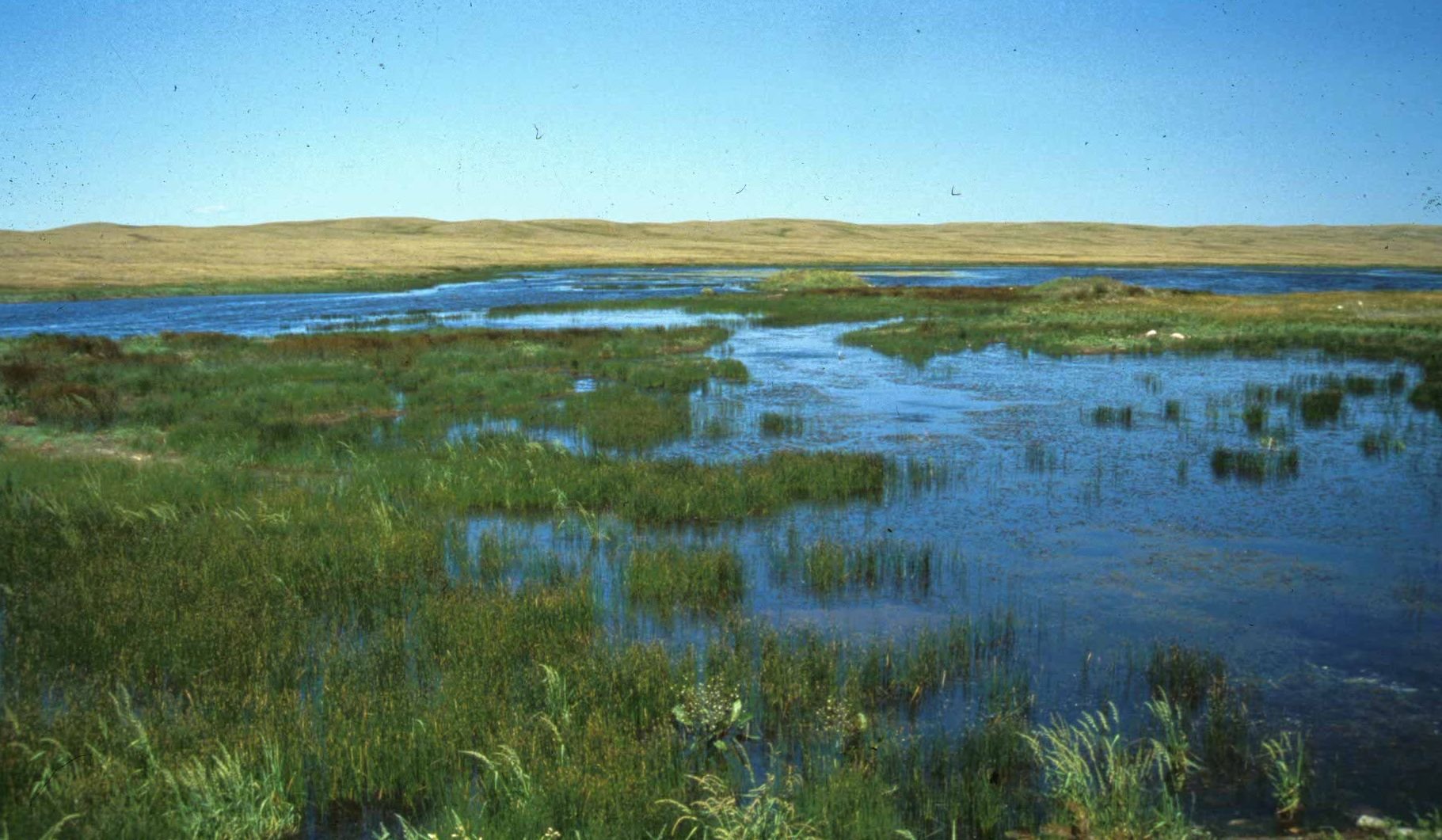Winter can feel endless sometimes, even if temperatures are mild and there is barely any snow to shovel. Daylight hours are shorter, the weather is often less pleasant and we generally spend more time indoors and being less active. For many people seasonal affective disorder (SAD) is a very real issue during the cold months and if you’ve ever felt the pains associated with it, you’re certainly not alone.
Who Really Was Our 2023 Water Warrior Award Recipient, Rob Stewart?
As told by Julia Barnes, a documentary filmmaker, volunteer with Water Docs, and friend of the late Rob Stewart. This speech was given as part of our Water Warrior Award presentation at our 11th annual Water Docs Film Festival in Toronto on Nov. 17, 2023. Rob’s parents, Brian and Sandy Stewart, accepted the award on Rob’s behalf.
Breaking Down our 2023 Film Festival Programs
Canada's Wetlands
Across the country, wetlands are being destroyed by industry and agriculture. They are drained and filled so people can construct buildings, farm the land, or install infrastructure. Wetlands also face threats from pollution and climate change. As droughts intensify, wetlands can dry up.
Worldwide, 60% of wetlands have been lost. Wetlands are disappearing faster than any other natural community.
Wetlands: Peat Bogs
Fog lingers in the cool dawn air. With each step I take, the boardwalk sinks and water rises through the slats. All around, there are plants – clumps of sedges, sphagnum moss, leatherleaf, and sweet gale shrubs. Spider webs that would normally be invisible in the branches shine with the dew they have collected overnight – tiny droplets like glass beads strung across complex architecture.
Canada's Forest Fires Part 2: Emissions and Deforestation
Rather than reporting direct emissions, as is done for almost all other sectors, the emissions from logging are handled as a “net flux,” combining the effects of natural processes with industrial activity. Canada is giving itself credit for the carbon in forests it doesn’t cut, using that to mask emissions from logging.
The government doesn’t attribute wildfire emissions to the logging industry, but gives the industry credit for carbon stored when a forest regrows after a fire, even if human activity played no part in the forest’s recovery.






